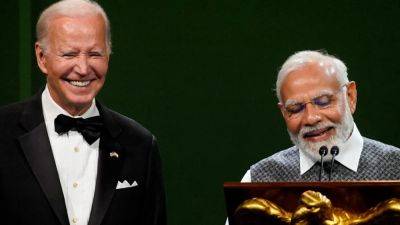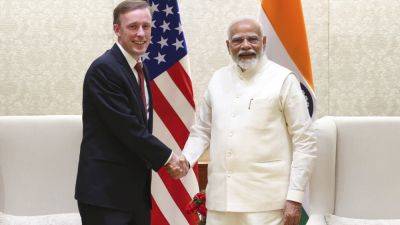India wants to be a developed nation by 2047. Here are 4 critical areas Modi can't ignore
For the last two years, Prime Minister Narendra Modi has spoken confidently about his ambitious goal to make India a developed economy by 2047.
All eyes will now be on Modi and his Bharatiya Janata Party-led alliance to see if they can keep the economic momentum going and continue to improve the lives of millions in their third consecutive term in office.
Confidence in the BJP has plunged. Modi's ruling party failed to win an outright majority in the lower house of Parliament for the first time since 2014, and is now forced to rely on its allies in the coalition.
"The government will have to find common ground and build consensus on multiple fronts, not just with alliance partners but also with other stakeholder groups, to push through key legislation in parliament and quell the rising anti-incumbency sentiment nationwide," said Reema Bhattacharya, head of Asia research at risk intelligence firm Verisk Maplecroft.
"A failure to do so could also result in further political setbacks for the ruling party in the next round of state elections scheduled for later in the year," she warned.
A Modi-led coalition won't likely derail India's economic and development, analysts say. However, they point out that the new government will now have to restore faith in the people and ensure India's standing in the Global South remains.
The new government has yet to outline its key priorities. Analysts, however, are predicting that these four areas will feature high on the agenda.
India has undergone a massive infrastructure push and has made significant strides in connecting and modernizing its highways, railways and airports.
Last year, consultancy firm EY projected that India will become a $26 trillion economy by 2047, and highlighted that







